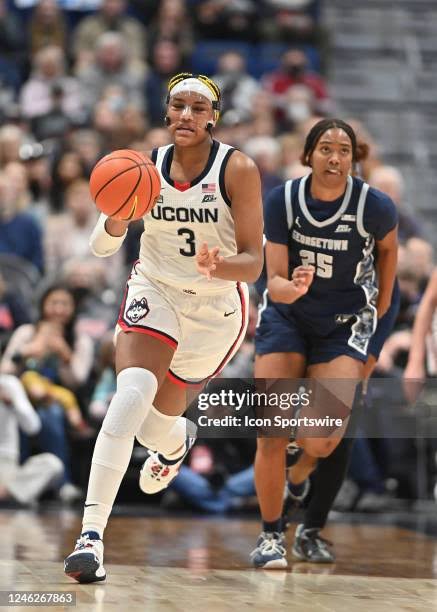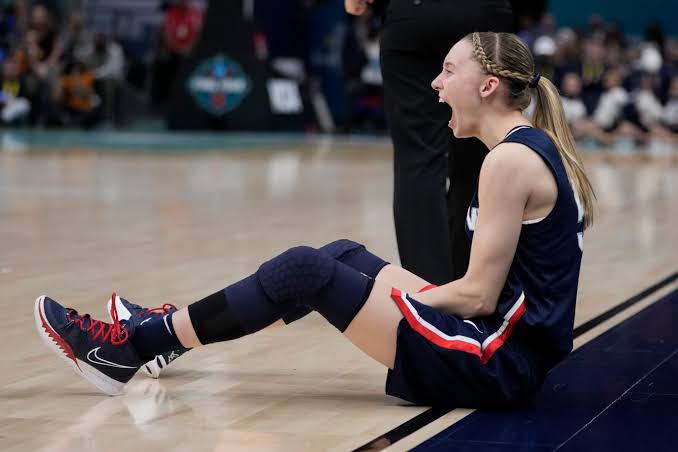The NCAA’s decision to share March Madness revenue with women’s basketball teams marks a significant stride toward equity in college sports. This policy change acknowledges the value that women’s basketball brings to the sport and ensures financial benefits are distributed more fairly.
Impact on Women’s Basketball:
Revenue Distribution: For the first time, women’s teams will receive performance units, similar to men’s teams, based on their progression in the NCAA Tournament. This will provide additional financial resources to conferences and, consequently, to the schools and programs.
Economic Growth: The initial allocation of $15 million, projected to grow to $25 million by 2028, indicates a growing recognition of women’s basketball’s marketability and potential for revenue generation.
Geno Auriemma’s Perspective:
Momentum and Recognition: Auriemma highlights the importance of capitalizing on the momentum and increased visibility of women’s basketball. The move is seen as a validation of the sport’s significance and contribution to college athletics.
Support for Smaller Programs: He underscores the vital role this revenue can play for smaller programs, which often rely heavily on tournament earnings. The new system could help level the playing field, providing much-needed financial support to less resource-rich programs.
Broader Implications:
Equity in Athletics: This decision is a step toward greater gender equity in college sports. It reflects a shift in how women’s sports are valued and compensated.
Sustainability and Growth: While Auriemma acknowledges that complete self-sufficiency may be challenging, the move signals a commitment to fostering a more sustainable and supportive environment for women’s basketball.
Overall, this development is a promising advancement for women’s sports, recognizing their growing popularity and financial potential while promoting a more equitable distribution of resources within college athletics.



